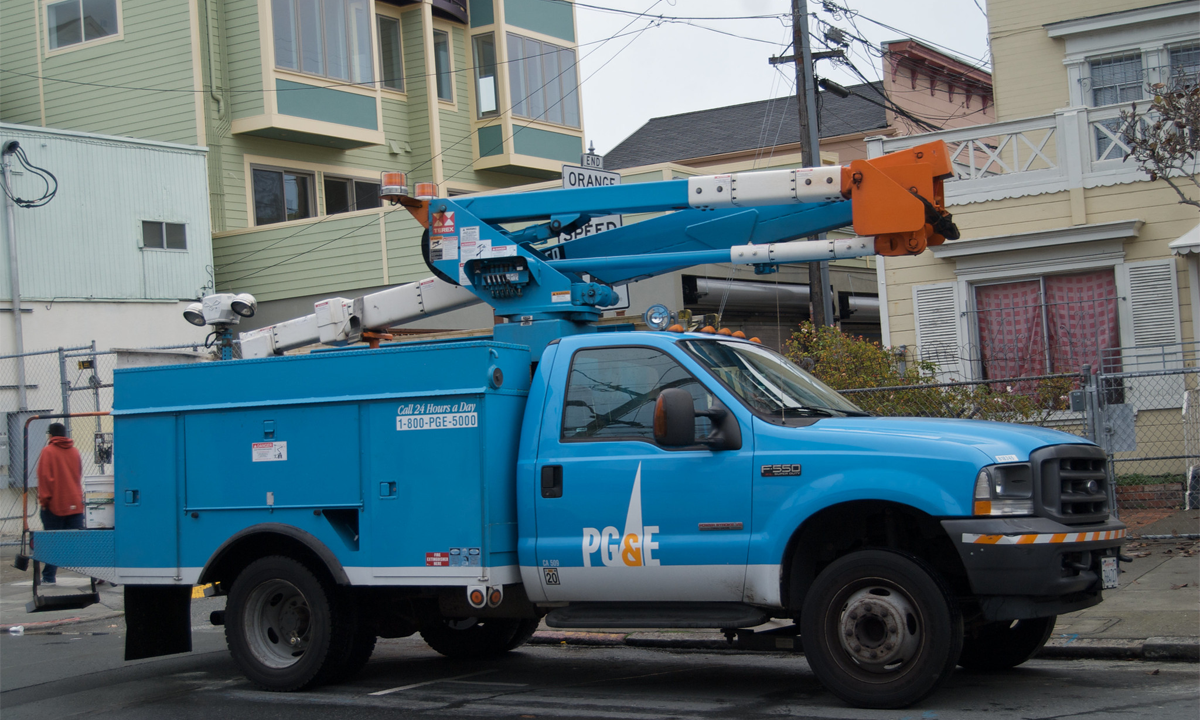Last week, PG&E announced that it would de-energize electrical lines throughout the week to portions of 24 counties in Northern California, affecting approximately 53,000 customers. The company’s decision is based on the expectation of hot and dry winds that could spark more wildfires.
“Hot and dry conditions combined with expected high wind gusts pose an increased risk for damage to the electrical system that has the potential to ignite fires in areas with dry vegetation,” PG&E announced. “High fire-risk conditions are expected to arrive Wednesday evening. High winds are currently expected to subside Thursday morning in some locations and Friday morning in other locations.”
Earlier this year, the utility powerhouse pleaded guilty to 84 counts of involuntary manslaughter. An investigation by Butte County District Attorney Michael Ramsey concluded that the 2018 Camp Fire—the deadliest wildfire in California’s history—was caused by PG&E’s outdated electrical grid. The company agreed to pay a $3.5 million fine and an additional $25.5 billion settlement to compensate those affected by the disaster.
More recently, an investigation was launched regarding the possibility that PG&E’s equipment may have started the Zogg Fire in Shasta County that has burned more than 56,000 acres and killed four people. The company has just recently emerged from Chapter 11 bankruptcy. If found liable for the fire, then a new set of costs would be incurred, further disturbing the already troubled company.
The PG&E power shutoff comes only a few months after almost one million California residents were left in the dark due to rolling blackouts. Due to aggressive efforts to transition to green energy, California was hard-pressed to find 8,000 megawatts of energy on a given evening, and was left to rely on neighboring states to import energy.
“California depends on 25 percent imported power, mainly hydropower, from other states. However, the grid operator has been unable to buy much imported power during the regional heat wave,” wrote California Globe columnist Wayne Lusvardi. “The only remedy for this problem is a diverse mix of power sources with green power no more than 20 to 30 percent of the mix. This heat wave shows the folly of shifting to 100 percent green power during hot spells.”
California Senate Bill 100, enacted in 2018, mandates electric utilities to report their progress every two years toward 50 percent green energy by 2026, 60 percent by 2030, and 100 percent by 2045. Far-reaching goals like these have made it more difficult for the state’s top utility companies to supply power, especially as hotter weather creates greater demand for energy. In planning for its shut off, PG&E has surely considered its energy obligations to the state as well as this year’s intense weather.




